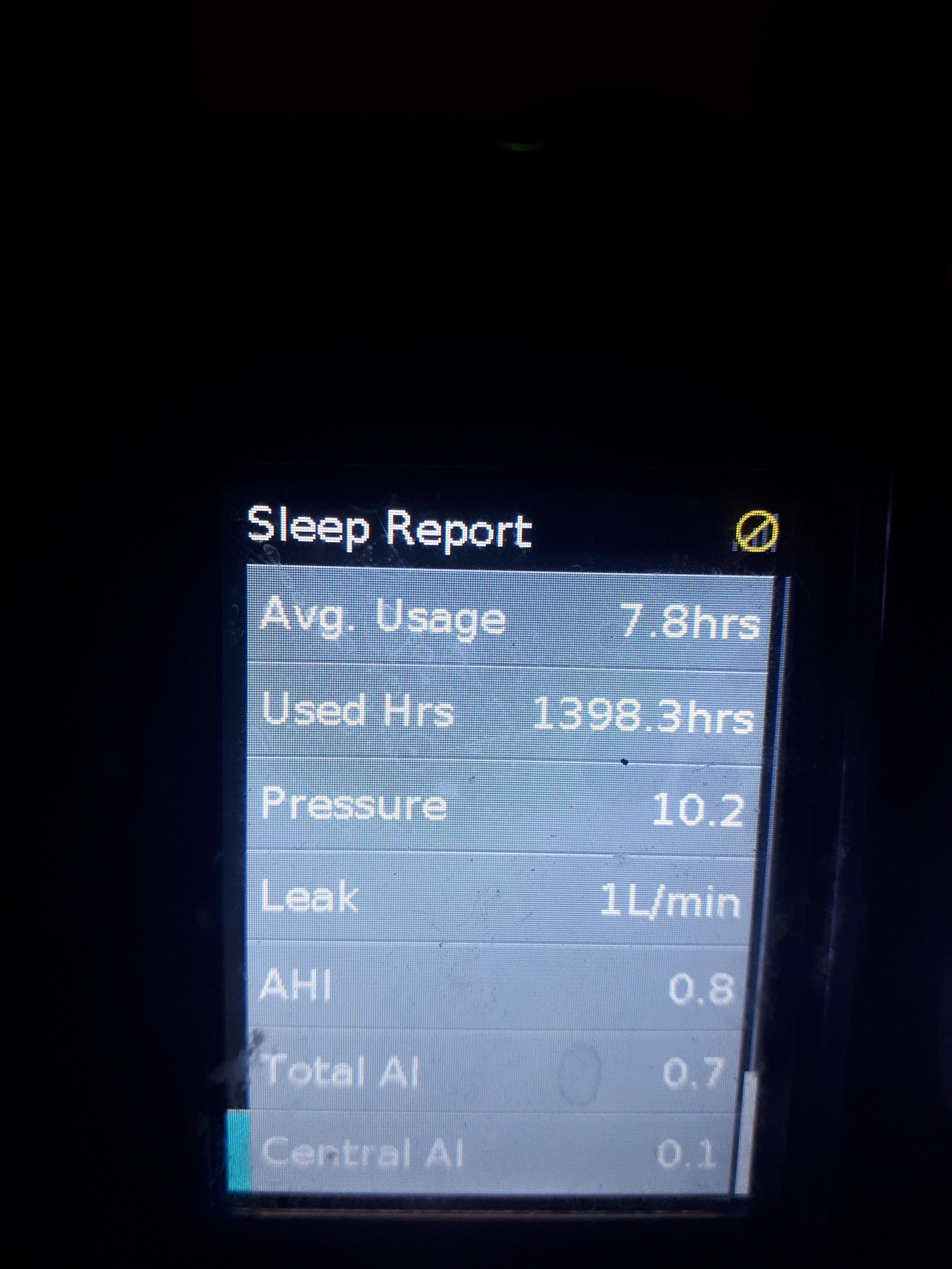Tooth Pulled Infection Symptoms
When a tooth is pulled, it’s not uncommon for the body to react with some level of discomfort or infection, especially if the extraction site is not properly cared for. Infections after tooth extractions can range from mild to severe and may require medical attention. Recognizing the symptoms of an infection is crucial to prevent it from becoming a more serious issue.
One of the first signs of an infection after a tooth has been pulled is increased pain. While some discomfort is normal after an extraction, if the pain increases over time or becomes severe, it could be a sign of infection. This pain may be localized to the extraction site or could radiate to other parts of the face.
Another symptom is swelling. Mild swelling is expected after a tooth extraction, but if the swelling increases over time, becomes more pronounced, or is accompanied by redness and warmth of the skin, it could indicate an infection. The swelling might not be limited to the extraction site and could affect the cheek, jaw, or even the eye on the same side as the extraction.
Fever is a common indicator of infection. An elevated body temperature, usually above 100.4°F (38°C), could signal that the body is fighting an infection. If you’re experiencing fever alongside other symptoms like pain or swelling after a tooth extraction, it’s essential to consult a dentist or healthcare provider.
Bad breath or a foul taste in the mouth that doesn’t improve with regular oral hygiene could also be a sign of an infection. The extraction site might discharge pus, which could have a foul odor. This is a clear indication of a bacterial infection that needs to be addressed.
Difficulty swallowing or opening the mouth is another symptom. If an infection is severe, it can cause swelling and stiffness in the jaw and throat area, making it hard to swallow food or even open your mouth wide enough to eat or brush your teeth.
Lastly, if you notice that the extraction site itself is not healing as expected, or there’s visible pus or discharge coming from the socket, these could be signs of an infection. The gum around the extraction site might appear red, swollen, and tender to the touch.
It’s essential to follow the post-extraction instructions provided by your dentist to minimize the risk of infection. This includes taking prescribed medications as directed, applying ice to reduce swelling, eating soft foods, and avoiding strenuous activities.
If you suspect you have an infection after a tooth has been pulled, it’s crucial to contact your dentist immediately. They may prescribe antibiotics to treat the infection or recommend additional care such as flushing the socket with saline solution to remove any debris. In some cases, they might need to drain the abscess or perform another procedure to ensure the infection is cleared and the extraction site can heal properly.
Preventing infection after a tooth extraction involves good oral hygiene practices, adhering to the dentist’s post-operative instructions, and recognizing early signs of infection to seek timely medical intervention. By being proactive, you can reduce the risk of complications and ensure a smooth recovery.
What are the common symptoms of an infection after a tooth extraction?
+Common symptoms include increased pain, swelling, fever, bad breath, difficulty swallowing, and visible signs of infection at the extraction site such as pus or redness.
How can I prevent infection after a tooth extraction?
+Prevention involves following your dentist's instructions, maintaining good oral hygiene, taking prescribed medications, and attending follow-up appointments as recommended.
What should I do if I suspect I have an infection after a tooth extraction?
+If you suspect an infection, contact your dentist immediately. They may prescribe antibiotics, recommend additional care, or schedule an appointment for further evaluation and treatment.
Understanding the symptoms of an infection after a tooth has been pulled and taking prompt action can significantly impact the healing process and prevent more serious complications. Always prioritize your oral health and seek professional advice if you have any concerns following a tooth extraction.

